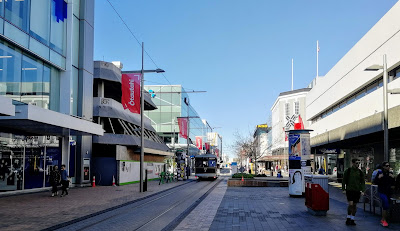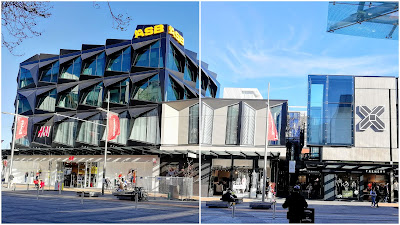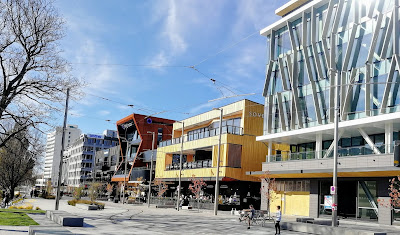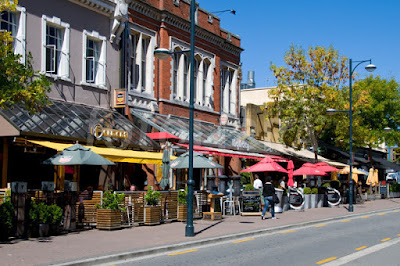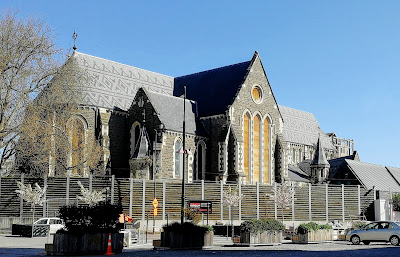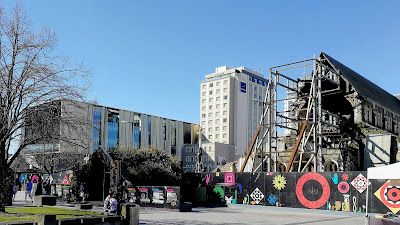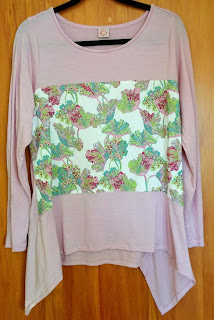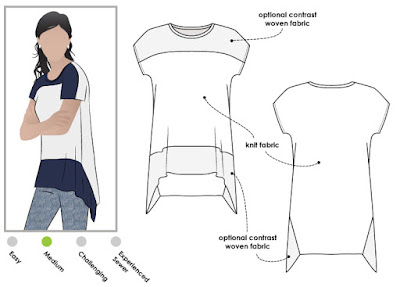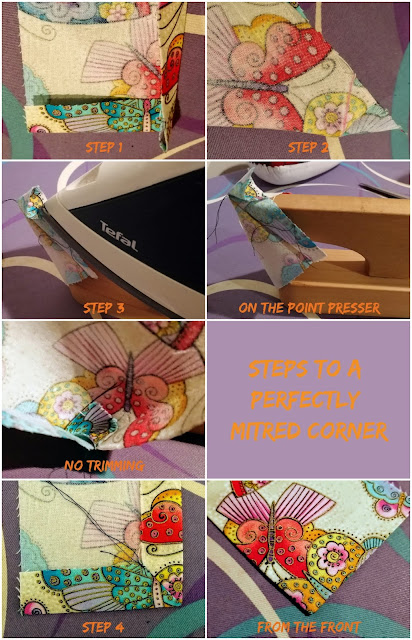This is a photo essay of New Zealand's second city (by size) Christchurch which experienced a devastating earthquake in 2011. I used to be a frequent visitor to the central city on a Saturday to wander around the streets and sometimes shop. Since the earthquake I have ventured into town infrequently and generally on a focused trip to a specific place or event, never for a wander around.
This past Saturday was sunny and I parked the car in the new Lichfield Street car park, close to the shop that used to be my second home
Ballantynes and not only met my girlfriend for lunch but wandered around taking photos of the newly emerging city.
The city is definitely coming back to life, and I am torn by the new look city. It does create a strong emotional response: joy on the one hand that the city is rising again and sadness that maybe the rebuild was driven by speed, cost and concrete slab architecture. I wonder if the city missed an opportunity to achieve its full potential and develop a more cohesive look. Maybe I am too influenced by Napier (the Art Deco city) which I just love. Napier had the opportunity to rebuild after the 1931 Hawkes Bay earthquake and was redeveloped with a cohesive Art Deco style. Will Christchurch in 50 years time be venerated or past its prime? I do wonder if the Christchurch of the future will be as polarising as the 1950's Brutalist architecture, of which Christchurch had its own famous exponents. It would be a shame if we had got rid of some truly awful buildings to just create our own for future generations.
 |
| Pre quake Cathedral Square: BNZ centre and Government Life Building on the right - truly ugly |
The Gateway Bridge
On the way into the city I drive around the airport past the new Gateway Bridge the entrance to the South and the Southern Alps.
 |
| The design draws on the vertical power of the Southern Alps and the braided rivers, unique to the Canterbury Plains |
 |
| The bridge with its changing colour light show |
Map of the city
Christchurch city centre is not large and all the places included in this post are within walking distance of each other, especially given the abundance of places to rest and refuel.
 |
| The city and key sights - including Head Over Heels - does even Google know I am a shoeaholic? |
Cashel Street
City (Cashel) Mall and High Street in days of yore were the place to shop, then there was the Re:Start container mall which has now been replaced by real buildings.
 |
| View West from the Bridge of Remembrance |
The Bridge of Remembrance
The war memorial dedicated to those who died in World War 1 but also remembering those who participated in both World Wars and subsequent conflicts in Asia in the 1950s to early 1970s.
 |
| The Bridge over the Avon River |
 |
| The gate looking east |
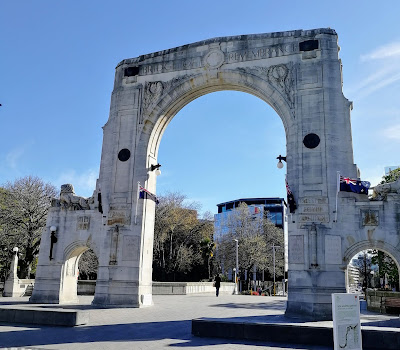 |
| The gate looking west |
Oi Manawa - Canterbury Earthquake National Memorial
Five months after the magnitude 7.1 earthquake, centred just along the road from us (40 kilometres, west of Christchurch), an even more damaging quake struck at 12.51pm on 22 February 2011. The shallow, 6.3 magnitude quake, in the Port Hills just 10 kilometres from the centre of Christchurch, caused the greatest ground acceleration ever recorded in New Zealand. The quake sequence included more than 11,000 aftershocks.
The earthquake claimed the lives of 185 people and injured many more.
About 25,000 houses suffered serious damage and more than half of all buildings in the central city had to be demolished. The memorial, opened to the public on 22 February 2017, on the sixth anniversary of the earthquake. It pays respect to those who lost their lives, those who were seriously injured and survivors. It also acknowledges the support received during the response and recovery that followed.
 |
| The memorial inscription |
 |
| The memorial wall extends 111 metres along the curve of the Ōtākaro/Avon River |
The names of the 185 who died are inscribed into marble panels stretching 40 metres along the memorial wall. The arrangement of names and how they are written was guided by the bereaved families. All names are in English, as well as the person’s first language (Japanese, Chinese, Korean, Thai, Hebrew, Arabic, Serbian or Russian), if it was not English.
The Arts Centre of Christchurch
The Arts Centre is one of the most significant collections of historic buildings in New Zealand. It is over half way through its $290 million restoration.
Originally an educational establishment home to what is now Canterbury University, it has some very famous alumni. Dame Ngaio Marsh (loved her mystery novels in my teens), Nobel prize winning scientist Ernest, Lord Rutherford and Sir Āpirana Ngata, a prominent NZ politician and lawyer, who promoted and protected Māori culture and language.
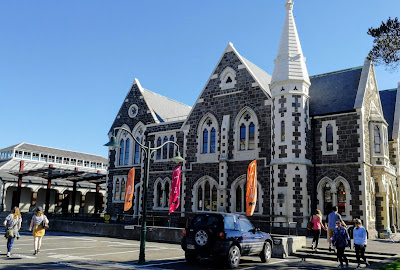 |
| Looking fabulous part of the newly restored Christchurch Arts Centre |
 |
| Part of the old stonework retained in the entrance to the new toilet facilities |
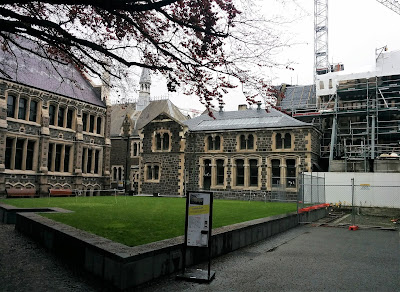 |
| Under construction |
Christ Church Cathedral
The increasingly decrepit eye sore that is Christ Church Cathedral now, once the beating heart of the central city.
 |
| The Chalice, designed by Neil Dawson, contains forty-two native plant leaf patterns |
Colombo Street
 |
| Colombo Street north (taken from the walkway in the picture below) |
 |
| The walkway over Colombo Street between Ballantynes and The Crossing |
 |
| Colombo Street south |
Building Art
Lots of art has popped up around Christchurch, some of it sponsored by Christchurch City Council, through the Enliven Places Programme. This programme supports regeneration across the city by encouraging the community to transform spaces and leave a lasting legacy.
It would be easy to write a post just about the art around Christchurch streets as many innovative pieces have come to life over the past seven years. As this post is already rather long I have limited myself to two examples.
 |
| On the wall of a building at Cathedral Junction |
 |
| Press Lane artwork by Grace Duval |
The stuck in the past
Obviously the biggest stuck in the past is the Christ Church Cathedral which is going to be restored (maybe if someone stumps up enough money). Here are some other buildings around the central city that have some way to go before resurrection.
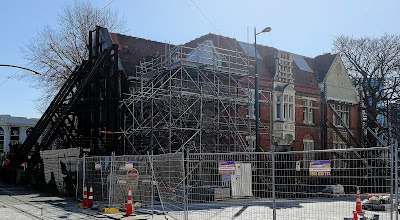 |
| Former Municipal Chambers, Oxford Terrace |
 |
| Pre earthquake: former Municipal Chambers, designed by Samuel Hurst Seager, built in 1887 |
 |
| Telephone box outside the former Municipal Chambers looking south towards Oxford Terrace |
 |
| Worcester Boulevard just west of Cathedral Square |
 |
| High Street at the east end of Cashel Mall |
 |
| Cambridge Terrace, diagonally across the river from the Earthquake Memorial |
Hagley Park and the Avon River
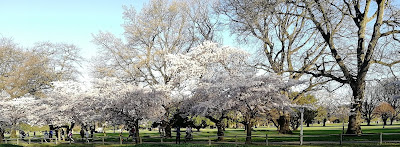 |
| Cherry blossom time |
 |
| The Avon River in Spring |
 |
| The waning daffodils |




